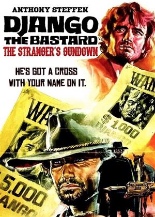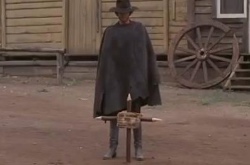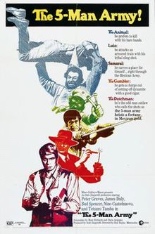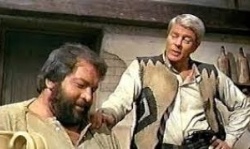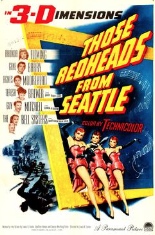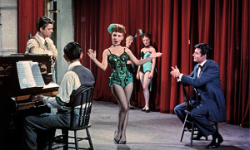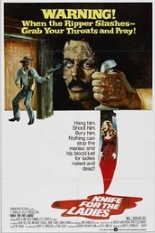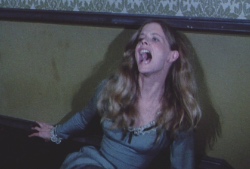
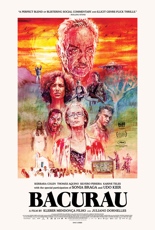 The transcendentally violent spirit of Chilean visionary Alejandro Jodorowsky lives on in the bloody Brazilian film Bacurau, a modern-day Western of uncompromised violence and unfiltered vengeance that, if I had seen it last year, would have definitely made the top of my 2019 list.
The transcendentally violent spirit of Chilean visionary Alejandro Jodorowsky lives on in the bloody Brazilian film Bacurau, a modern-day Western of uncompromised violence and unfiltered vengeance that, if I had seen it last year, would have definitely made the top of my 2019 list.
A few years in the future, the small village of Bacurau is slowly dying, both literally and metaphorically. As an addictive pharmaceutical continues to numb much of the Brazilian populace, the denizens of this town live on, constantly in need of food, water and medicine. Eventually, the town disappears off the map and cellphone service is suddenly disrupted.
 As locals are found brutally murdered — including a few children — a group of white Americans and Europeans, led by German-born Michael (Udo Kier), use the town as a form of murder tourism, hunting the people in the street like stray dogs. But the people of Bacurau aren’t ones to run from a fight, unleashing psychedelic hell on the intruders.
As locals are found brutally murdered — including a few children — a group of white Americans and Europeans, led by German-born Michael (Udo Kier), use the town as a form of murder tourism, hunting the people in the street like stray dogs. But the people of Bacurau aren’t ones to run from a fight, unleashing psychedelic hell on the intruders.
A hell of a slow burn, as compact UFOs hover in the sky and dark hallucinations are a fact of life, directors Kleber Mendonca Filho and Juliano Dornelles are rightfully distrustful of gringo influences on their way of life; the white hunters’ jingoistic bravado usually turning to xenophobic tears when confronted with their evil is by no means subtle or unearned.
There’s a beautifully caustic artistry to their storytelling, an acidic Western (Southern?) that’s more influenced by the people’s own native-born resiliency and willingness to preserve at any cost than any two-bit John Wayne flick ever could. —Louis Fowler

